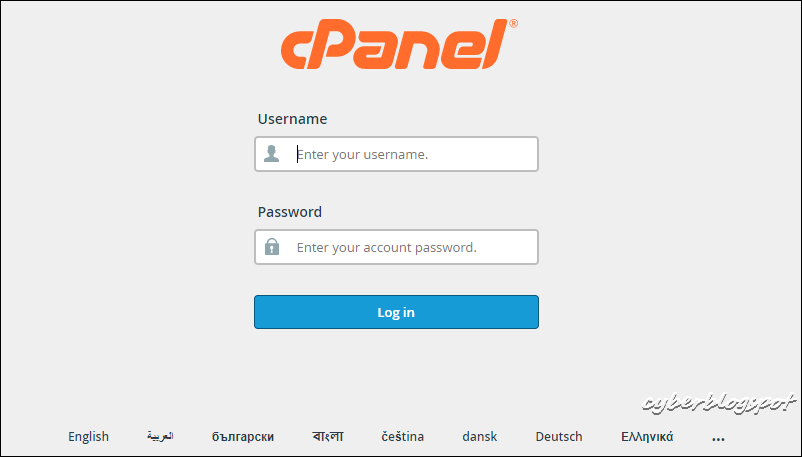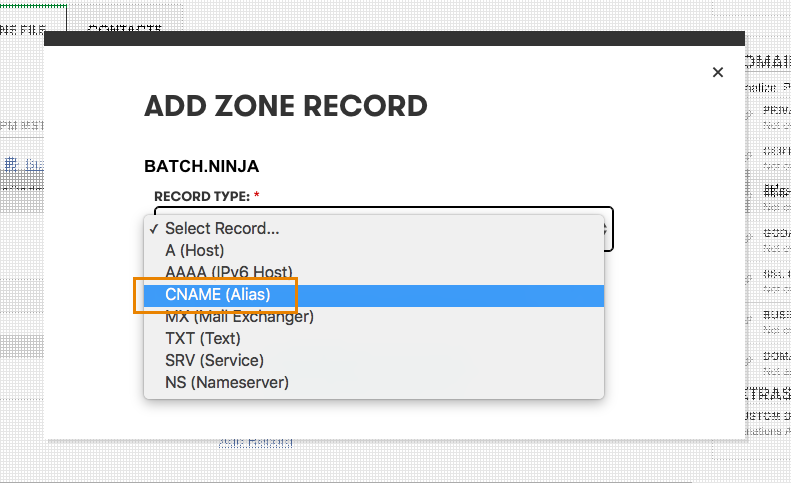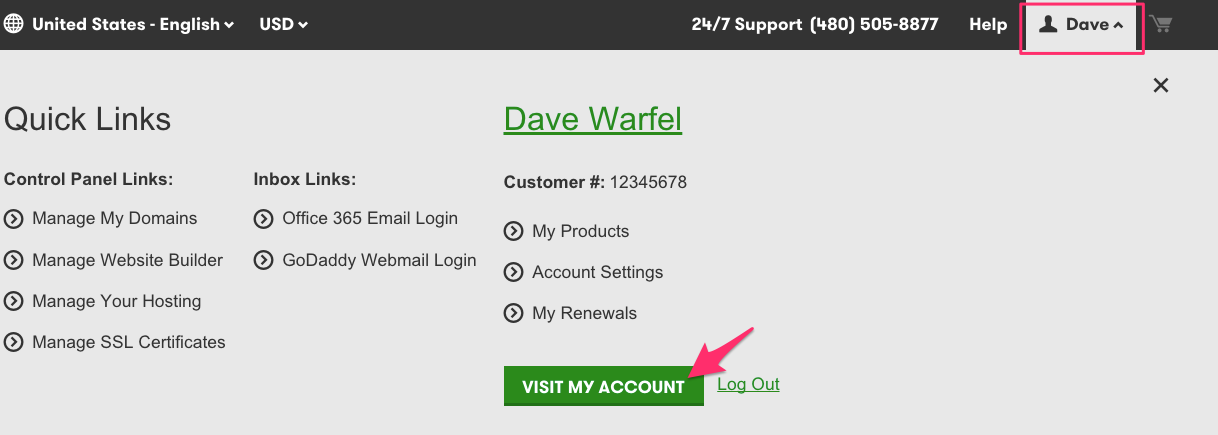

be globally available across the internet. TTL is the average time it will take for your changes to propagate, i.e. The third field, TTL is a dropdown menu that contains time-to-live (TTL) options. Your host IP address from step 1 goes into the second field, called Points to. Otherwise, you’ll need to edit the existing one by clicking the Edit button. If an A (host) record doesn’t exist, you’ll need to click “Add Record”. This part is, by far, the most important part of the step by step guide. Back under My Products, next to Domains, click Manage. Click your username to show a dropdown menu, then click My Products.īoom! There’s your IP address under Server Details. All the more juicy and detailed info will come after the step by step guide.) Getting your server’s IP address (That’s most likely the reason why you are here anyway. This tutorial assumes that you already own a domain and a hosting account.)įirst, let’s configure the domain you’re working on. (Registering domains is outside the scope of this tutorial. Explain how domain/DNS works and why it is important.Configure your domain to point to your website.This is an overly simplified tutorial where all the more advanced information that you do not need to know are stripped away.Īt the end of this tutorial, you will be able to:

This tutorial goes through the steps of making sure that will point to the correct file of the correct webroot of the correct server. Most of the work you do with domains & DNS involves configuring your a domain’s DNS record to point at the right location.

Looking for help with GoDaddy products or getting your business online? Join the community to get answers from other GoDaddy customers. We’ve made some light edits for formatting and clarity. Editor’s note: The following article is curated from a member of the GoDaddy community.


 0 kommentar(er)
0 kommentar(er)
